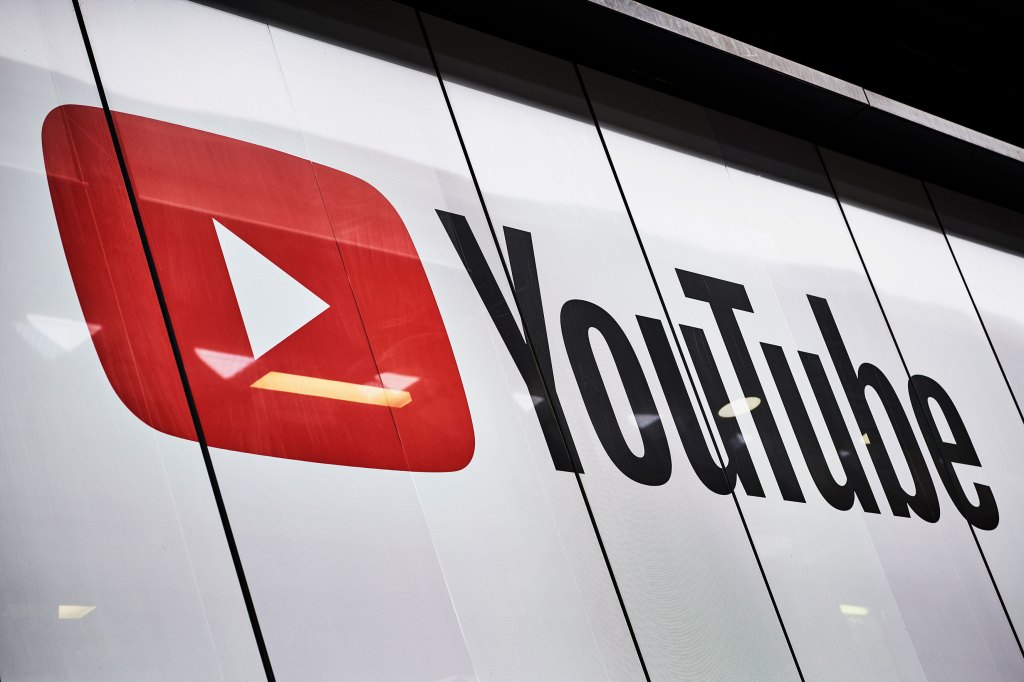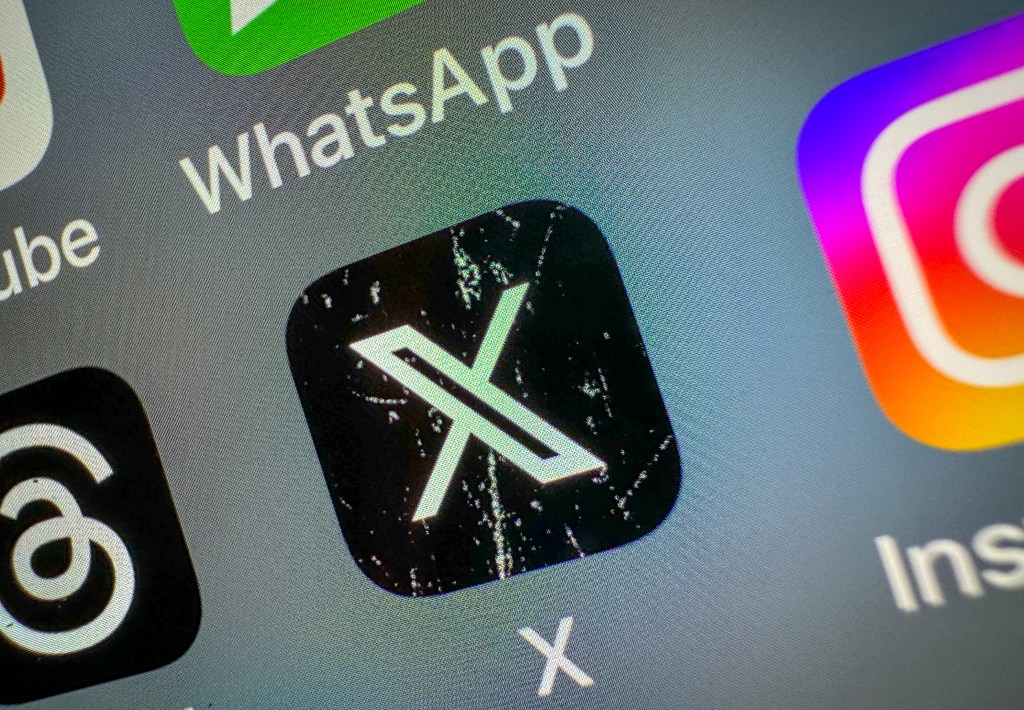
Google is making reviews of all your movies, TV shows, books, albums and games visible under one profile page starting June 24, according to an email sent to users last month. These profiles are also searchable through Google searches, which can lead to users’ being profiled based on their likes and dislikes.
The company launched the ability to post reviews of movies for India-based users in 2017. Over the years, this functionality has expanded globally. Last year, the company told TechCrunch that they made review profiles public and searchable in some regions, starting with the U.S. and India. Now, they are making all profiles public globally.
Essentially, you can click on any user profile and look at all the reviews they have posted. Google told TechCrunch that the company provides a toggle to make their profile private. But that toggle wasn’t available until earlier this week, as observed by SEO consultant Gagan Ghotra and TechCrunch.
“Profiles make it easier for people to see and manage their reviews of things like movies and TV shows in one place and make reviews more helpful for others. These reviews were already public, and we provide people with control to make their profile private or delete it altogether, along with options to privately edit or delete their reviews,” a Google spokesperson said in a statement to TechCrunch.
Google also makes all profiles public by default. That means if you don’t know about having a profile page of your reviews or haven’t paid attention to emails from Google (which may have ended up in your spam or updates folder on Gmail), your profile will be viewable for all.
The company told TechCrunch that it sent notifications of the hiding profile control to users through the Google Profile interface. Plus, it notified users of the new Google Profile via a pop-up on their existing reviews. However, if users don’t know a new profile exists, they are unlikely to visit the page. And there is a slim chance that you would be going back to read your own review of a show or a movie frequently. Google needs to do better to notify the user of an entirely new page related to their account.

Ghotra told TechCrunch over direct messages that searchable profiles could also be used by potential employers to know the opinions of their future employees, impacting their chances of hiring. Plus, it is an easy target for advertisers to scrap this data and serve targeted ads to users.
How to hide your profile
Here is how you can make your preview profile private:
Go to profile.google.com Click/tap on the three-dot menu next to your profile nameSelect the “Profile Options” itemTurn on the Profile Privacy toggle

Even if you hide your profile, your individual reviews will still be visible under a movie or a TV show title, but it won’t link back to a page with all of your reviews. Notably, your reviews on Google Maps are not part of this rollout.




